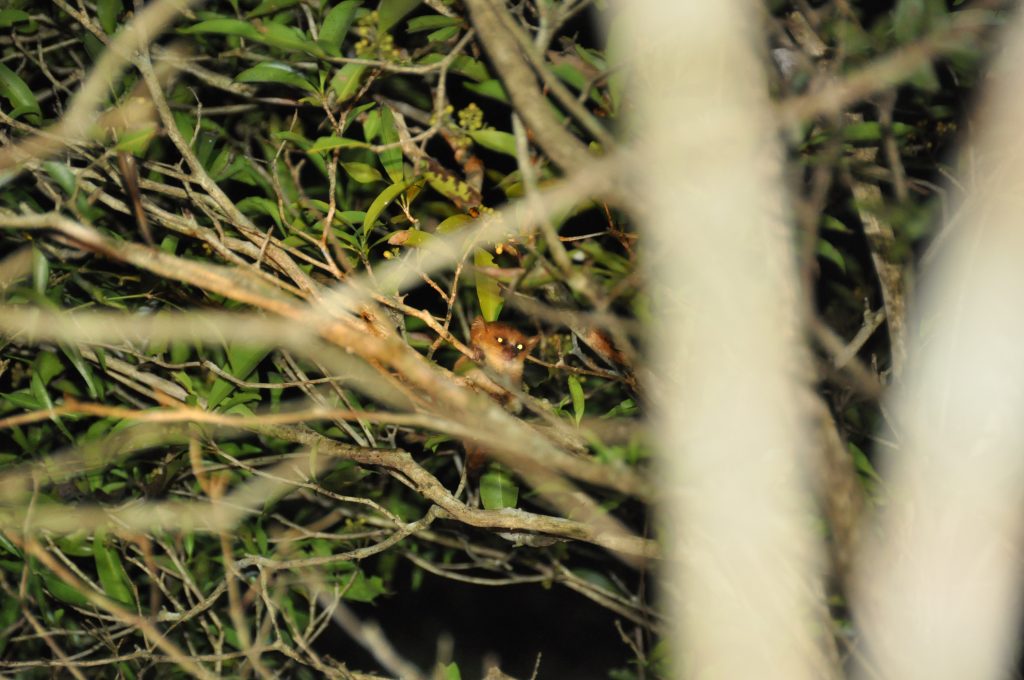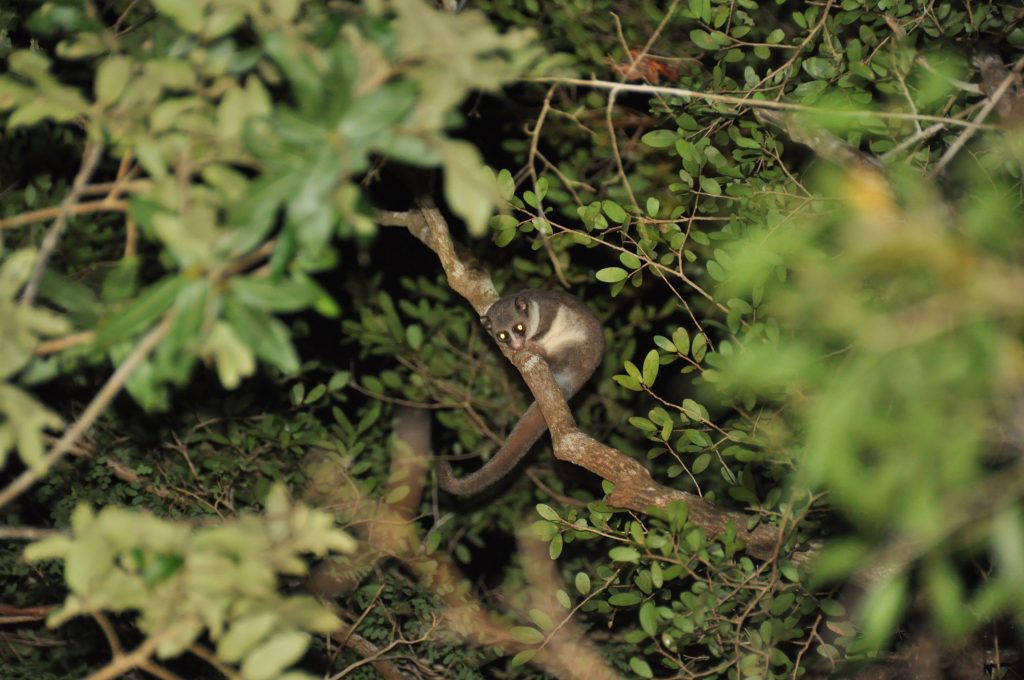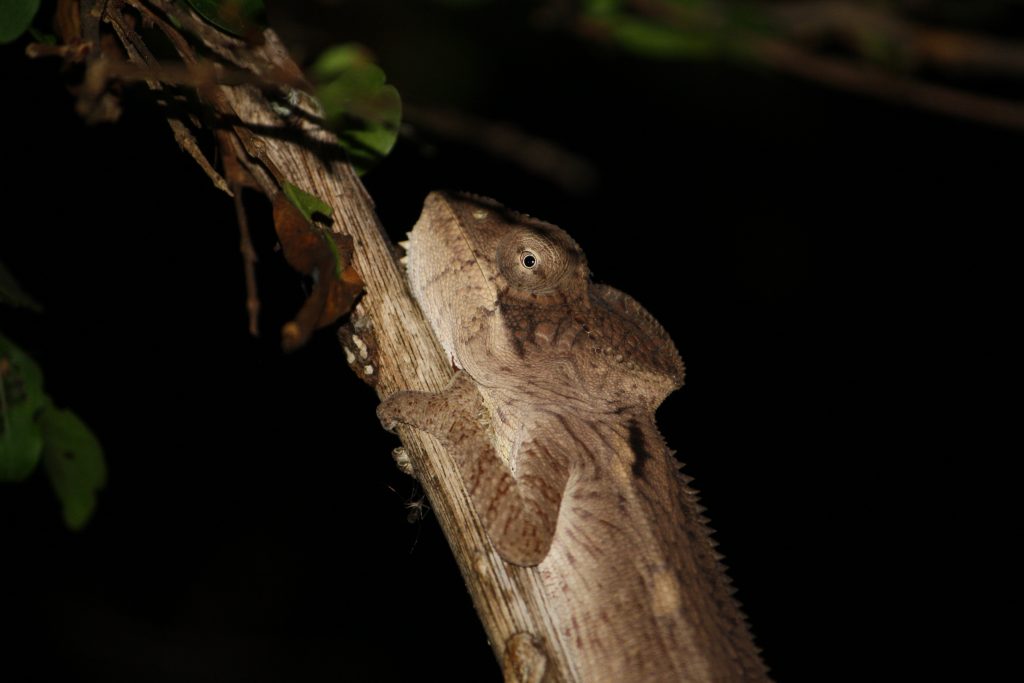How and where to see a fossa in Madagascar
The forest was hissing. Intrigued, and a little scared, Frederik and I switched on our flashlights. The sound came from the ground. The whole forest floor seemed to be moving. Strange. We could not even see the trash anymore. It took me a minute to understand that it was because the floor was covered with a living blanket made of thousands, maybe millions, of swarming Madagascar hissing cockroaches. And we were standing in the middle of this vision of nightmare. Horrified, we turned around and ran as fast as we could back to our room, which we did not leave for the rest of the night. Maybe walking in the dumps at night was not such a good idea after all.

We had arrived in Kirindy Forest the day before, after a long bumpy ride on the dirt road coming from the Tsingy de Bemaraha National Park. We were particularly excited to visit Kirindy as we had been told by a friend that we might see fossas in the area. Fossas (or fosas, Cryptoprocta ferox) are the largest land predators in Madagascar. Although they look like a strange mix between a big cat and a dog, fossas are most related to mongooses and civets. Fossas spend most of their lives in trees hunting lemurs. Seeing a fossa in the wild is notoriously difficult, so we were eager to give it a try.

With only two nights and two days to explore the area, we started our excursion in Kirindy with a night-walk. I love walking in nature at night: it’s eerily quiet but if you pay attention, you can hear the little scratches made by animals moving around. In Madagascar, night is the best time to spot the chameleons that are too-well camouflaged during the day, as well as many nocturnal lemurs, owls, small mammals, snakes, moths, and my personal favorites, spiders. Fossas are also active at night, but we did not find any that night.




According to our guide, it was nonetheless possible to see a fossa in Kirindy. But not where you would expect it. To find this formidable predator, we needed to head to… the garbage dump of the camp. There, one opportunistic fossa regularly came to search the trash for food scraps. Following the guide’s directions, we were soon following the small path leading to the dump. To see the fossa, our guide had assured us, we only needed to check on the dump every 15 minutes and get lucky. Spending two days in a smelly dump is not what most people think wildlife-watching is like, but if it meant we could see one of the rarest animals on Earth, it was good enough for us .
And so we started our mission. We duly checked the dumps day and night for two days. Soon, it was our last morning in Kirindy and so far, our visits had only resulted in our terrifying nightly encounter with the hissing cockroaches. With only a few hours left, we knew our chances to see a fossa were slim, but we also knew that when trying to see an animal, persistence is as important as luck. We thus kept taking the little path, as quietly as possible, four times an hour. Thankfully, all cockroaches had gone with the light.
One hour before leaving, we were both walking again through the trash when Frederik stopped dead in front of the biggest hole and uttered a strangled ‘Oh’. I got closer, looked down myself and there it was, barely three meters away from us: a fossa, looking up at us, eyes locked with Frederik’s. I felt a rush of fear and excitement coursing through my body at the sight of this muscular golden-eyed animal. Slowly, Frederik took up his camera and snatched a picture of the fossa. We then watched the predator walk to the further side of the hole, effortlessly jump out of it and leave without looking back. We could not believe it quite yet, but we had seen a fossa. And a lot of cockroaches, too.


